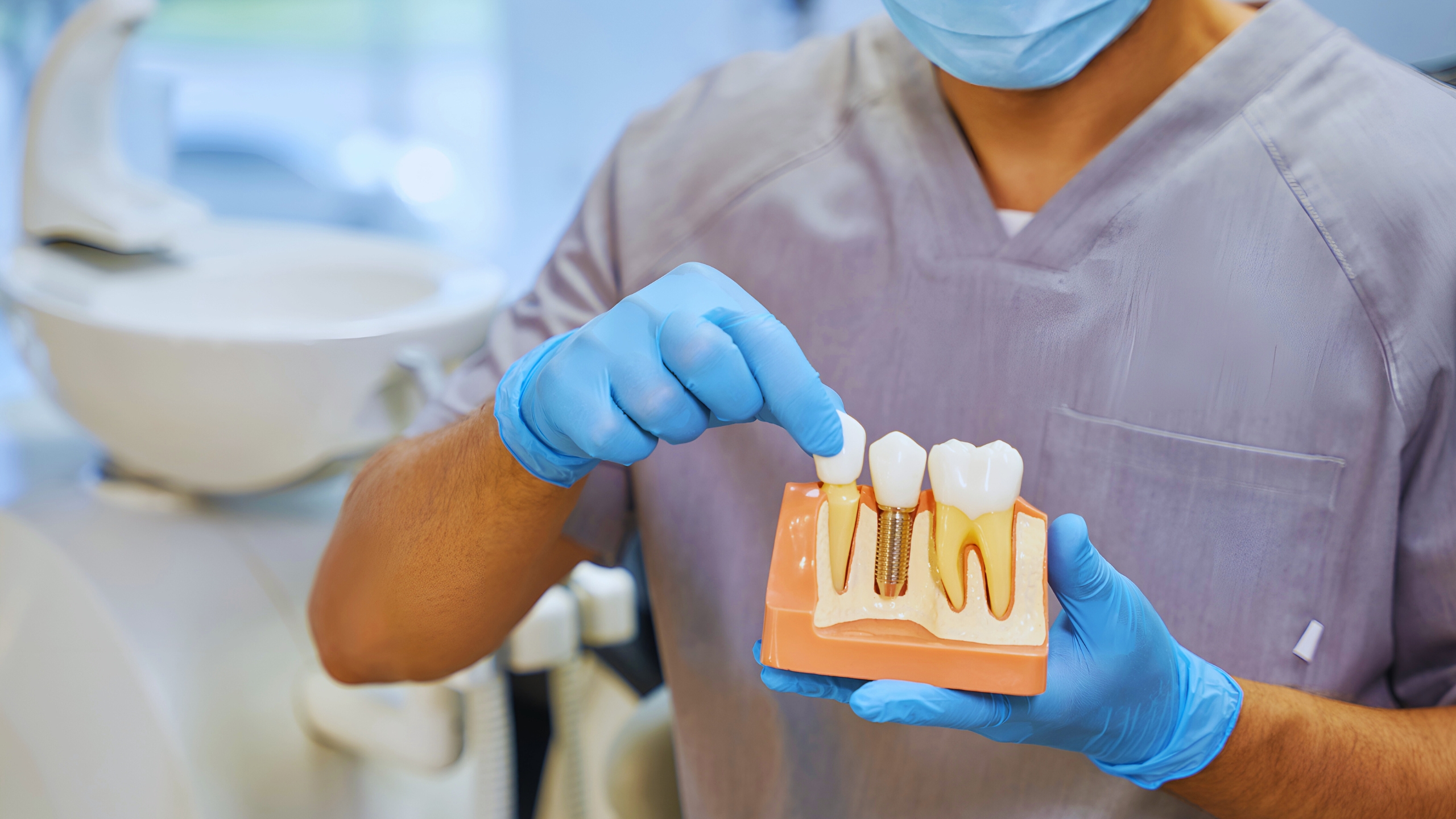
Dental implants have revolutionized the field of dentistry, providing a durable, aesthetically pleasing, and functional solution for tooth replacement. As a popular choice among patients and dentists alike, dental implants offer numerous benefits over traditional dentures and bridges.
Understanding Dental Implants
What Are Dental Implants?
Dental implants are artificial tooth roots, typically made of titanium, that provide a permanent base for fixed or removable replacement teeth. Implants integrate with the jawbone, ensuring a stable foundation for one or more artificial teeth, known as crowns.
Components of a Dental Implant
A dental implant consists of three main parts:
- Implant Fixture:The screw-like component that is surgically placed into the jawbone.
- Abutment:The connector, which supports and secures a crown, bridge, or denture.
- Prosthetic Tooth:The visible part of the implant, designed to blend seamlessly with natural teeth.
Benefits of Dental Implants
Improved Aesthetics and Comfort
Dental implants are designed to look, feel, and function like natural teeth. This ensures a more confident smile and comfort in everyday activities such as eating, speaking, and laughing.
Enhanced Oral Health
Unlike traditional bridges, dental implants do not require the alteration of adjacent teeth. This preserves natural tooth structure and promotes long-term oral health. Additionally, implants stimulate the jawbone, preventing bone loss and maintaining facial structure.
Durability and Reliability
With proper care, dental implants can last a lifetime. They are resistant to decay and provide a more reliable solution compared to traditional dentures, which may require frequent adjustments or replacements.
The Dental Implant Procedure
Initial Consultation
The first step involves a thorough evaluation by a dental professional. This includes a comprehensive examination, dental X-rays, and possibly 3D imaging to assess the condition of the jawbone and plan the implant placement.
Treatment Planning
A personalized treatment plan is created, detailing the number of implants needed, the type of restoration, and the estimated timeline for the procedure. This plan ensures optimal results tailored to the patient’s specific needs.
Surgical Procedure
- Implant Placement:The dental implant is surgically inserted into the jawbone under local anesthesia. This is followed by a healing period, typically lasting several months, during which osseointegration occurs (the implant fuses with the bone).
- Abutment Placement:Once osseointegration is complete, a minor surgery is performed to attach the abutment to the implant.
- Prosthetic Placement:After the gums heal, the custom-made crown, bridge, or denture is attached to the abutment, completing the restoration process.
Aftercare and Maintenance
Immediate Post-Procedure Care
Patients may experience mild discomfort and swelling, which can be managed with prescribed pain relievers and anti-inflammatory medications. It’s crucial to follow the dentist’s instructions regarding diet, oral hygiene, and activity restrictions.
Long-Term Care
Maintaining dental implants requires regular oral hygiene practices, including brushing, flossing, and routine dental check-ups. Patients should avoid habits such as smoking and excessive consumption of hard or sticky foods that could damage the implants.
Risks and Considerations
Potential Complications
While dental implants boast a high success rate, potential complications include infection, implant failure, nerve damage, and sinus problems. These risks are minimized through careful planning and the expertise of a qualified dental professional.
Suitability for Dental Implants
Not all patients are ideal candidates for dental implants. Factors such as insufficient jawbone density, chronic health conditions (e.g., diabetes), and smoking can affect the success of the procedure. A thorough evaluation by a dental specialist is essential to determine eligibility.
Cost of Dental Implants
The cost of dental implants varies based on factors such as the number of implants needed, the type of restoration, and the geographical location of the dental practice. While implants may have a higher initial cost compared to other tooth replacement options, their durability and low maintenance needs make them a cost-effective solution in the long run.
Conclusion
Dental implants represent the pinnacle of modern tooth replacement options, offering unparalleled benefits in terms of aesthetics, functionality, and oral health. With a thorough understanding of the procedure, benefits, and aftercare, patients can make informed decisions and achieve optimal outcomes with dental implants.